Dr. Eftekhar Eftekharpour, University of Manitoba, Winnipeg, Canada, and Aaron Baker. This study specifically targets the lysosomal enzymes that will decrease cell death associated with acute stage tissue damage and therefore can lead to better recovery after injury.
Every year in May, scientists and researchers from all over the world travel to Salzburg, Austria to share and discuss their most recent discoveries in spinal cord injury research.
There are more than 100 scientists in attendance, giving lectures and presenting their research in Powerpoint and poster board presentations.
These carefully selected projects are funded by Wings for Life – A 501(c)3 not-for-profit spinal cord research foundation. Their mission is to discover a cure for spinal cord injury. They fund world-class scientific research and clinical trials around the globe aimed at healing the injured spinal cord.
The primary areas of research are:
Secondary damage (protection of intact cells)
A spinal cord injury is followed by a massive breakdown of neuronal and supporting cells (known as glial cells) around the site of injury. This area of research aims to prevent the secondary damage and therefore preserve more functions for those affected.
Plasticity
Spinal cord injury is accompanied by the release of substances that block the renewed growth of nerves. The aim is to find, analyze and eliminate these substances known as natural growth inhibitors. In the last few years major advancements have been made in this area of research. Additionally it is important to understand the mechanisms underlying the reorganization of the spinal circuitry and interconnections.
Regeneration
When an adult nerve fiber in the central nervous system is completely severed, its ability to regrow is very restricted. Wings for Life funds projects that are searching for ways to stimulate nerves to regenerate and regrow.
Neural reconstruction
This area of research aims to replace destroyed tissue by the transplantation of cells and/or biomaterials. Very promising approaches focus on the use of stem cells or prosthetic biomaterials to repair injured spinal cord tissue.
Remyelination (insulation of nerve fibers)
Injured nerve fibers lose their protective cover, known as the myelin sheath. Like an electric wire that loses its insulation, the demyelinated nerve fibers lose their ability to properly transmit signals. Wings for Life supports research that aims to restore this protective sheath (remyelination) and to improve nerve cell function.
Imaging
A number of pre-clinical studies report positive results, like enhanced growth of nerve fibers and a better behavioral outcome. However, we currently lack imaging techniques to monitor the changes in the spinal cord tissue in vivo. This fact makes it difficult to elucidate the underlying mechanisms and to compare the results. Wings for Life is doing pioneering work in this field by funding studies aiming to develop better in vivo imaging techniques.
Rehabilitation/Compensatory treatment
Research projects in this area are not focused on direct restoration of the injured nervous system, but on the improvement of the functional deficits and thus improving the affected individual’s quality of life. In this field, Wings for Life funds projects aimed at restoring bladder function and the treatment of neuropathic pain, and at developing new rehabilitation methods, to name but a few examples.
I had the prestigious honor of opening this year’s Wings For Life Scientific Meeting. My goal in speaking with these 100 scientists was to not only share my 20 years of experience living with a spinal cord injury, but also encourage their hard work. I do not take for granted that there is a powerhouse organization that is funding research for an injury I live with every day.
You may be asking, “Why is this meeting so important to me and the scientists”?
Full disclosure! The cure will not be found by keeping information inside the four walls of a single lab. Wings For Life ensures that the scientists publish the conclusions of their projects – good, bad, or indifferent – and that those research findings appear in peer-reviewed journals, which prevents redundancies of the same studies.
A personal excitement of mine was the clinical study by Stephen Strittmatter which is being conducted at Yale University. Strittmatter “has been trying to solve the puzzle of re-growing damaged nerves for the past decade”. His goal is to demonstrate “safety, tolerability and efficacy to improve motor function by promoting neural plasticity and the regrowth of neural networks”. After ten years of hard work, Strittmatter is one step away from an approval by the FDA for a clinical trial on chronic spinal cord injuries. Fingers and toes crossed that we soon read of good news from the FDA!
May is my 20 year anniversary… I can’t think of a better way to acknowledge how far we’ve come.
Together We Rise!






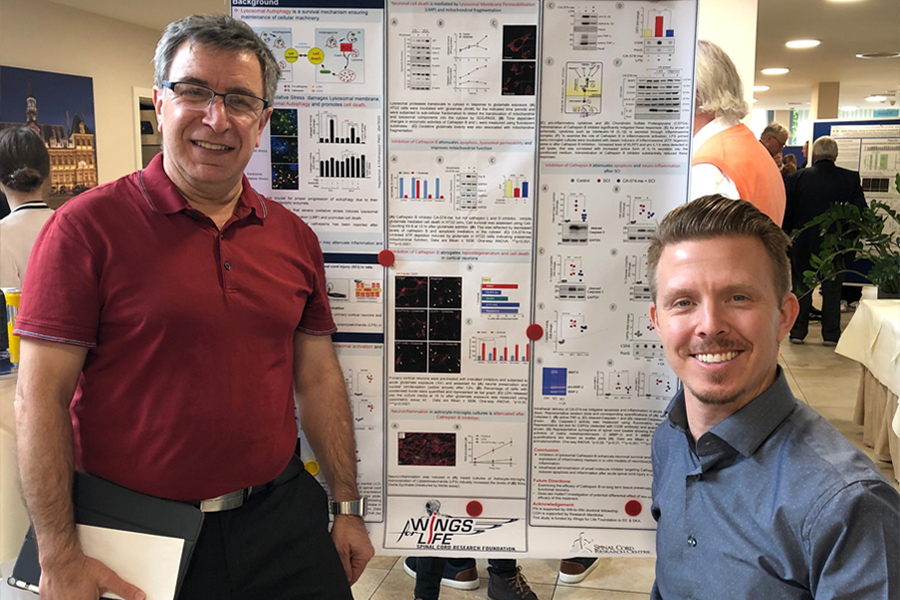



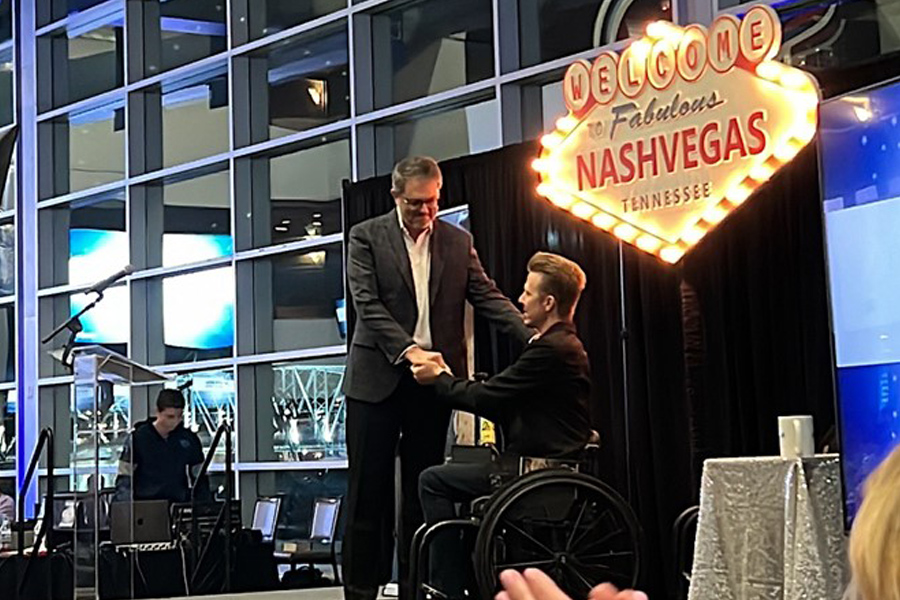
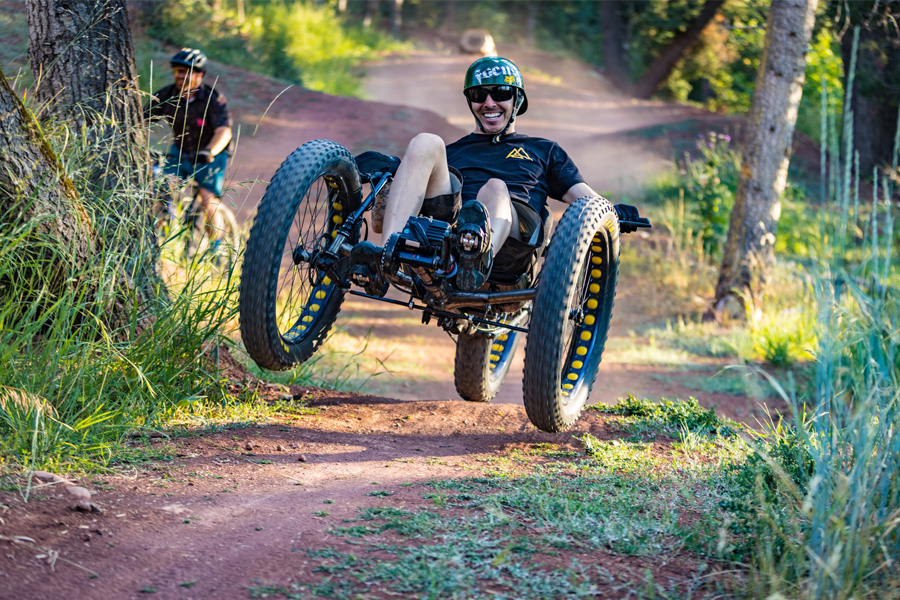


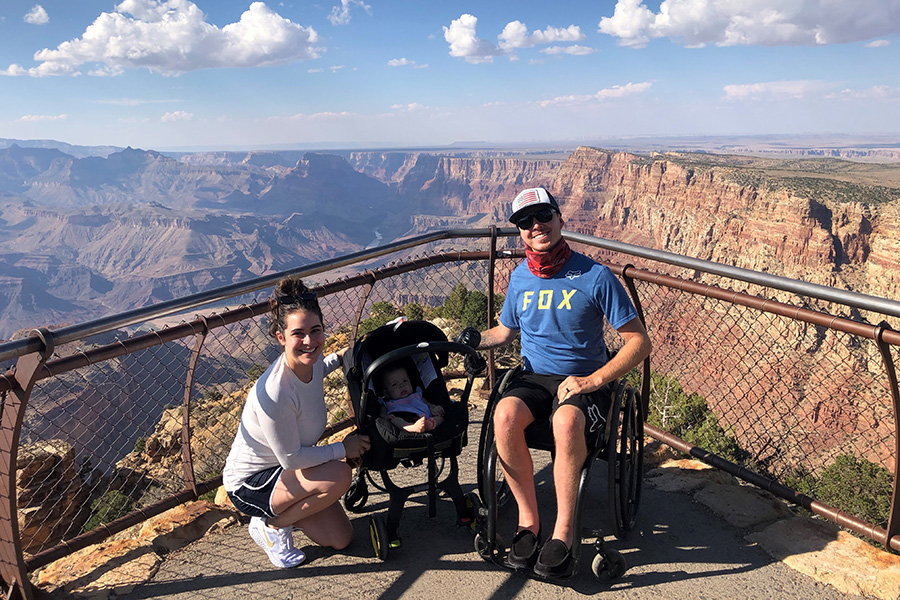
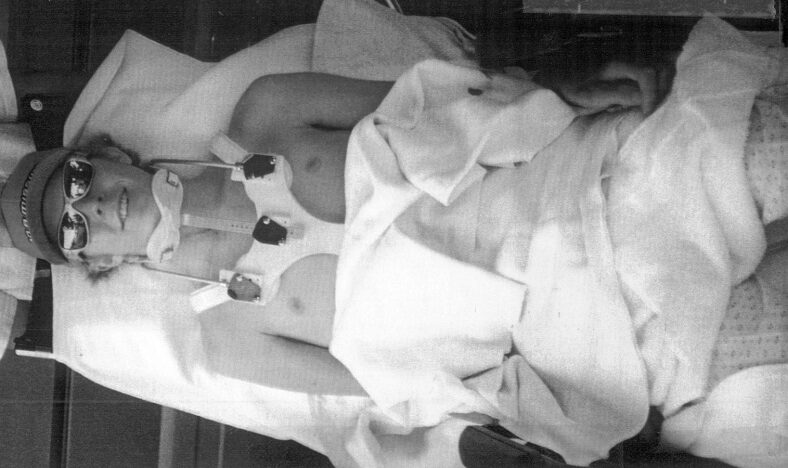

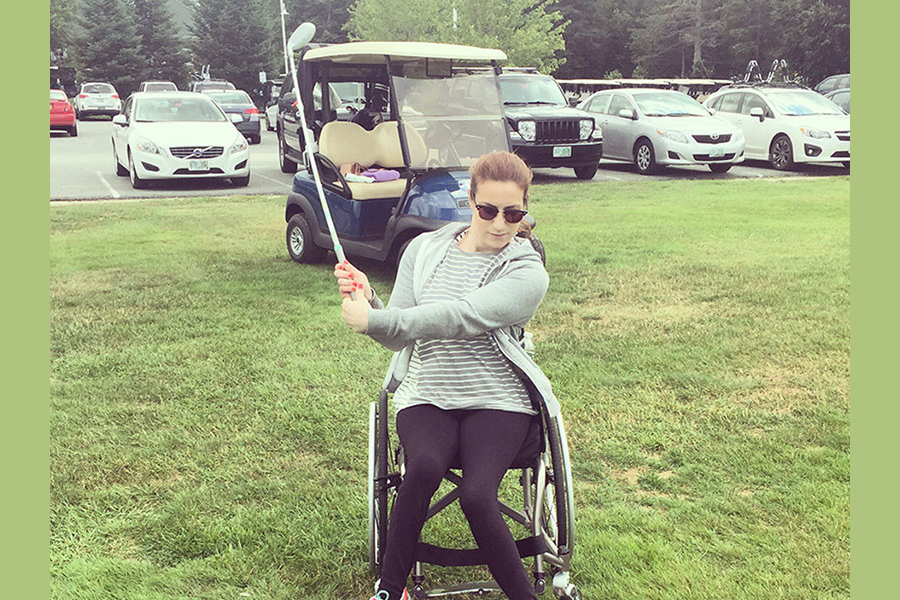
My 29 year old son was paralyzed 5 years ago and is making good progress and starting new trials here in Atlanta at Shepherd Center. After watching both of these documentaries I feel a purpose to help others. I’m an ER/ Wound care nurse for 25 years and have been working with those in the VA system with wounded warriors My son is married and moving to his new home and I’m at a loss of what to do now. If there are volunteer opportunities available I would love to help. This film was very well done and encouraging . Thank you for making this firm.
Good luck on new adventures
Lori
Help Hope Live